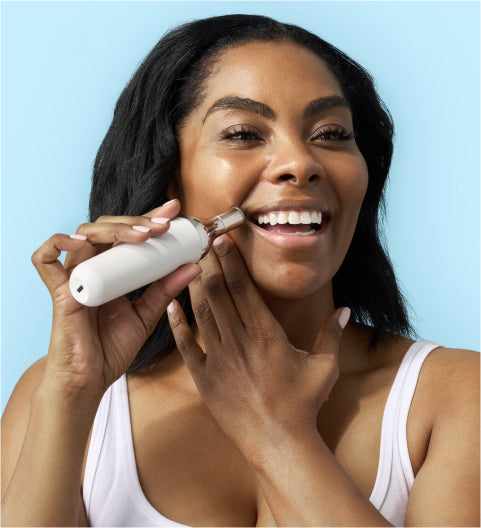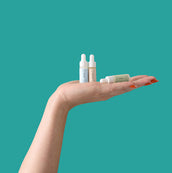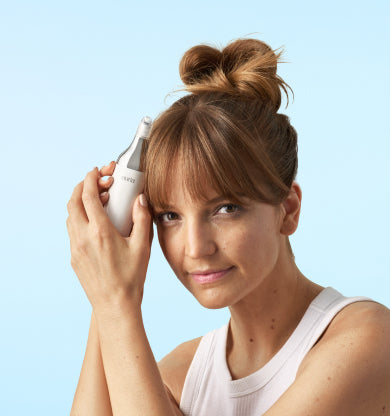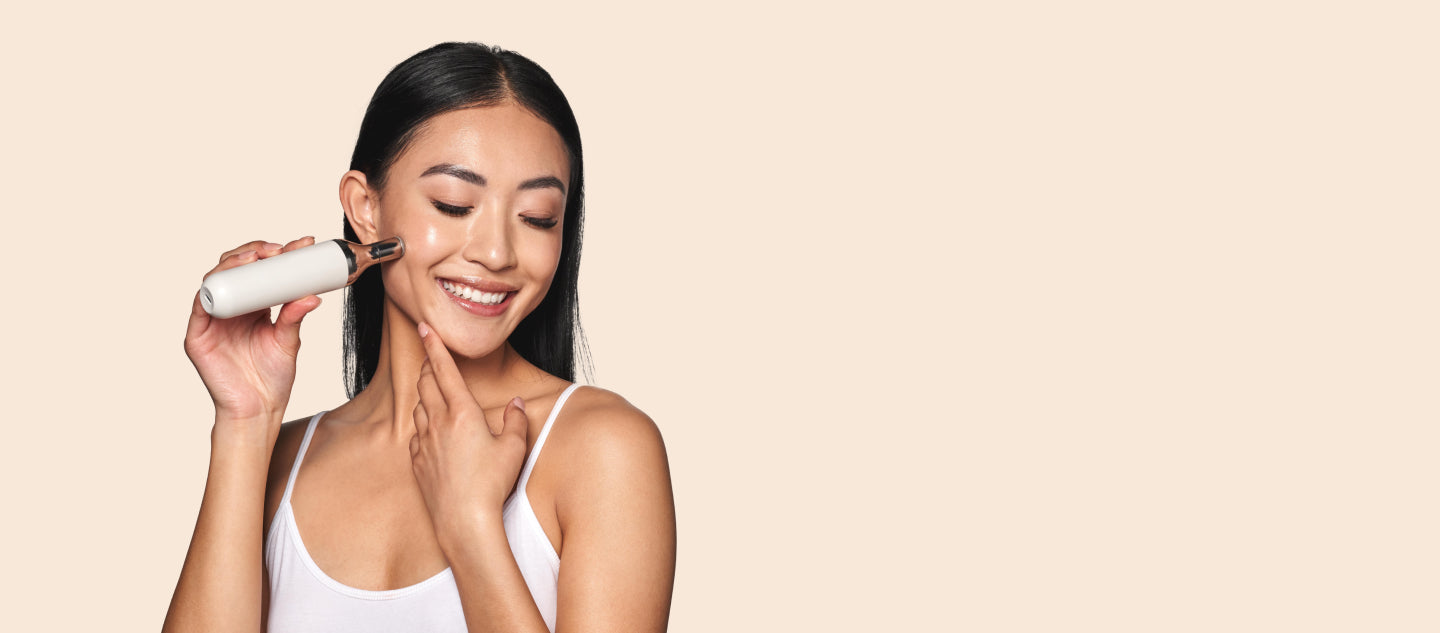Retinol + Microdermabrasion:
A skin care match made in heaven
Retinol + Microdermabrasion: A skin care match made in heaven
We all know the fear of trying a new skin care product. And retinol and microdermabrasion can be a bit scary. Introducing one new product into your established skin care routine can be intimidating. Two new products? That’s like Mission Impossible in the bathroom.
But with a little know-how and dedication, retinol and microdermabrasion cover just about every base when it comes to preventative skin care.
Whether you’re already using one of the two or you’re a newbie to both, balancing retinol and microdermabrasion can take a minute to figure out. Once they’re in sync, though, your skin will be thanking you long-term.
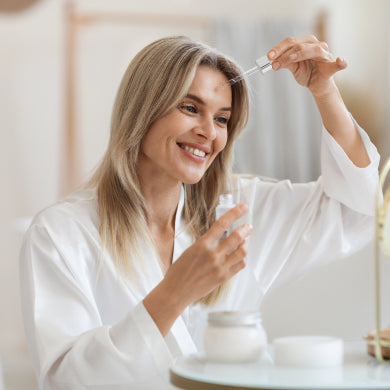
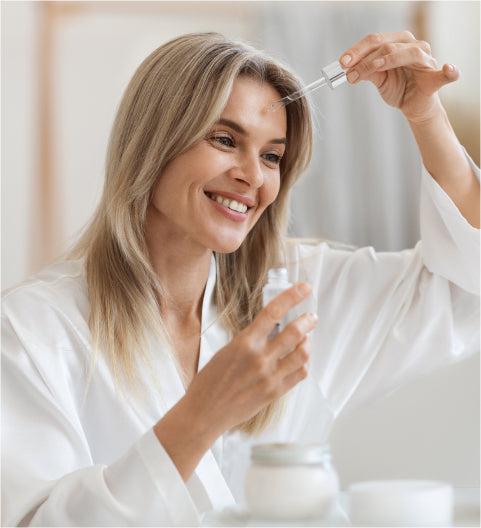
A little pore-vention goes a long way
A little pore-vention goes a long way
Sometimes even us skin care fanatics can take an “after-the-fact” approach, and only worry about skin problems or imperfections when they show up. But this isn’t the best way to handle skin care.
A reactive approach can lead to you feeling a lack of control over your skin. Worst case scenario: you buy any corrective product that comes across your feed.
Instead, invest your time into products and practices that stop skin issues at their source. When you implement regimens that remove dead cells while encouraging healthy cell growth, you can age gracefully, minimize the risk of skin problems, and alleviate current skin care issues.
Retinol: the chemical superstar
Retinol, a derivative of vitamin A, is a powerhouse ingredient that can be found in many forms over the counter. It is classified as an antioxidant.
Retinol supports cell turnover rates, which helps prevent collagen loss, even out skin tone, and treat fine lines and wrinkles. In addition to being a helpful anti-aging ingredient, retinol also helps manage acne and acne scars.
Get started with retinol
If you’re new to retinol, take things slow. We recommend applying a pea-sized amount of a low-dose retinol at night. You should apply the retinol 30 minutes after washing your face but before you apply your night cream. Waiting 30 minutes before applying minimizes the risk of redness and inflammation.
Start using retinol one to two times a week. Once your skin has adapted to it, you can increase use to every other night.
Lather on that sunscreen
Retinol makes skin more sensitive to UV rays and can cause dryness, so it is super important to use sunscreen and hydrating products while your skin adapts to retinol. Once your skin has adjusted and you’re using it more frequently, you’ll begin to see results.
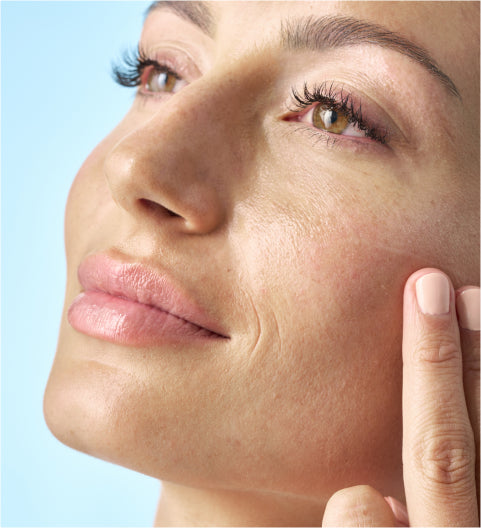
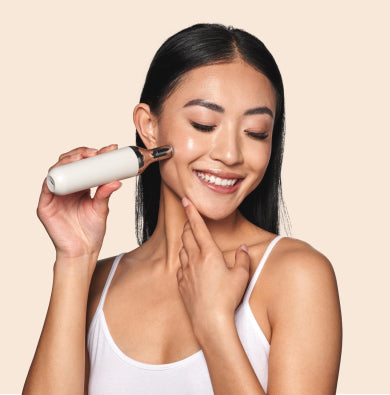
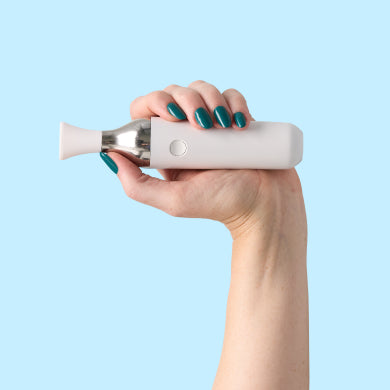
How it works
At-home microdermabrasion uses a variety of materials to gently exfoliate the skin. Auria’s diamond-based treatment tip safely buffs the skin to increase cell turnover rate.
In addition to picking up the skin debris, the tool’s suction helps improve blood circulation to the skin and stimulates fibroblasts to produce collagen. This helps repair damage.
Get started with microdermabrasion
At-home microdermabrasion can be done up to three times a week. Unlike physical exfoliant facial scrubs that can create micro-tears in your skin, microdermabrasion safely sloughs off dead skin and evenly exfoliates.
Get it professional or DIY
Professional microdermabrasion is usually done once a month by a dermatologist or esthetician. At your appointment, a professional will examine your skin and recommend treatment suggestions based on your unique needs.
Or, you can do microdermabrasion yourself! Invest in your own microdermabrasion tool and take care of your skin wherever and whenever. One upfront investment can pay dividends in the long run.
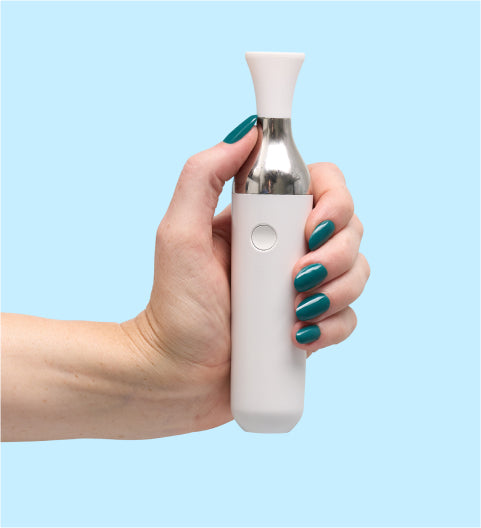
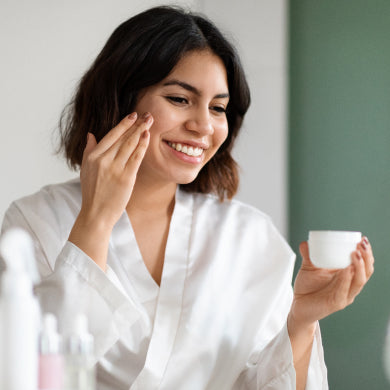
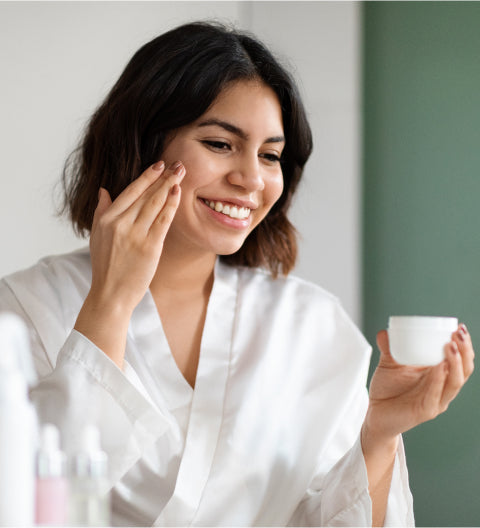
Dynamic skin care duo
Now that you’re familiar with microdermabrasion and retinol, combine forces! For retinol and microdermabrasion to effectively work together, prioritize timing and listen to your skin.
Embrace skin cycling
Skin cycling helps you get the most out of retinol and microdermabrasion without overwhelming your skin.
Skin cycling uses abrasive skin care products on specific days and then lets your skin rest on other days. Your exact cycle routine and how many rest days you have depends on the sensitivity of your skin, but here’s an example to help guide you:
NIGHT 1: EXFOLIATION
Use your microdermabrasion tool for a relaxing, thorough physical exfoliation.
NIGHT 2: REST
Use a hydrating moisturizer or night cream. Prioritize hydrating ingredients like squalane and hyaluronic acid. Maybe even treat yourself to a rich soothing sleeping mask!
NIGHT 3: RETINOL
Apply retinol 30 minutes after cleansing and before your moisturizer.
NIGHT 4 + 5: REST
Same advice as Night 2! And repeat!
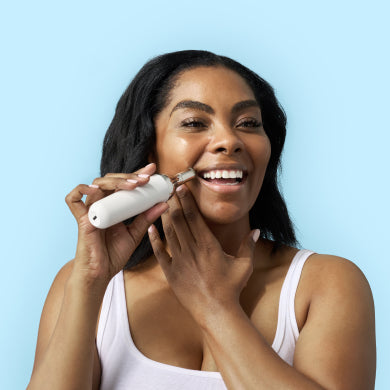
Getting the retinol and microderm routine right
When skin cycling, it’s important not to use retinol for two to three days before microdermabrasion. Using these two treatments too close together will weaken the skin barrier and may create intense side effects.
We also recommend not to use retinol for one to two days after microdermabrasion.
Keep those oh-so-good benefits going
If your skin is reacting well to this skin cycling routine, you can try doing your retinol the day after microdermabrasion.
As you perfect your skin cycling routine, make sure not to over-exfoliate, and time your retinol use to ensure your skin is healthy and healing.
